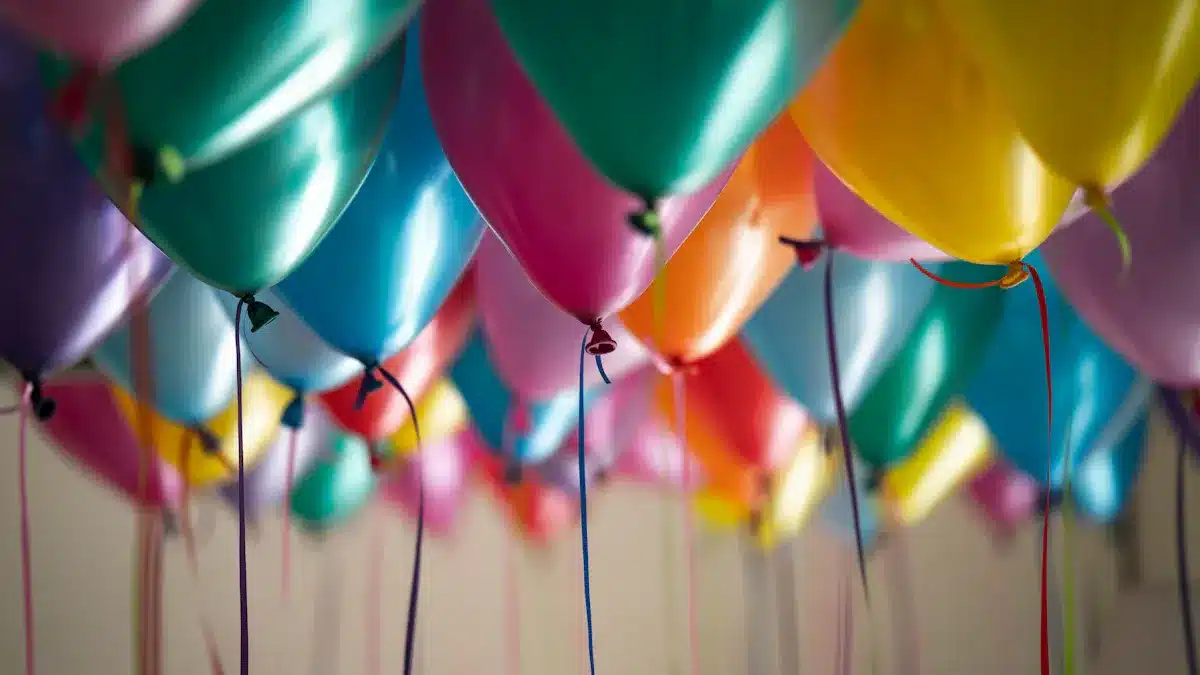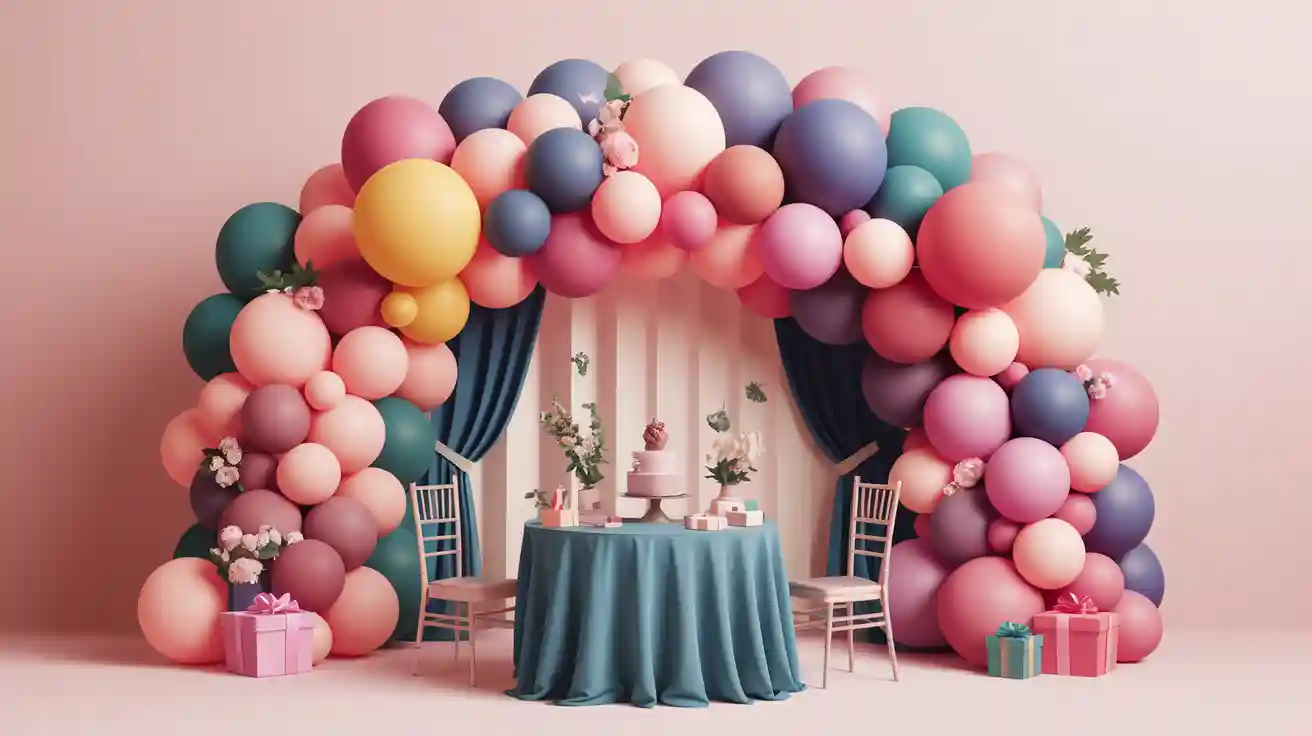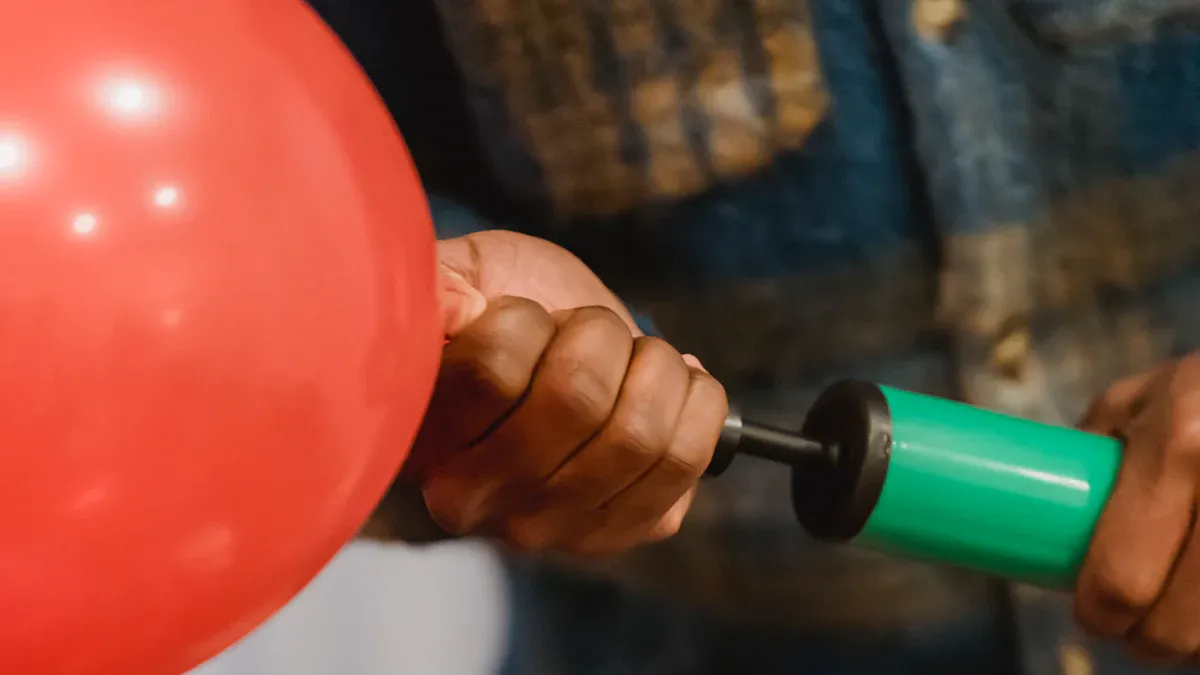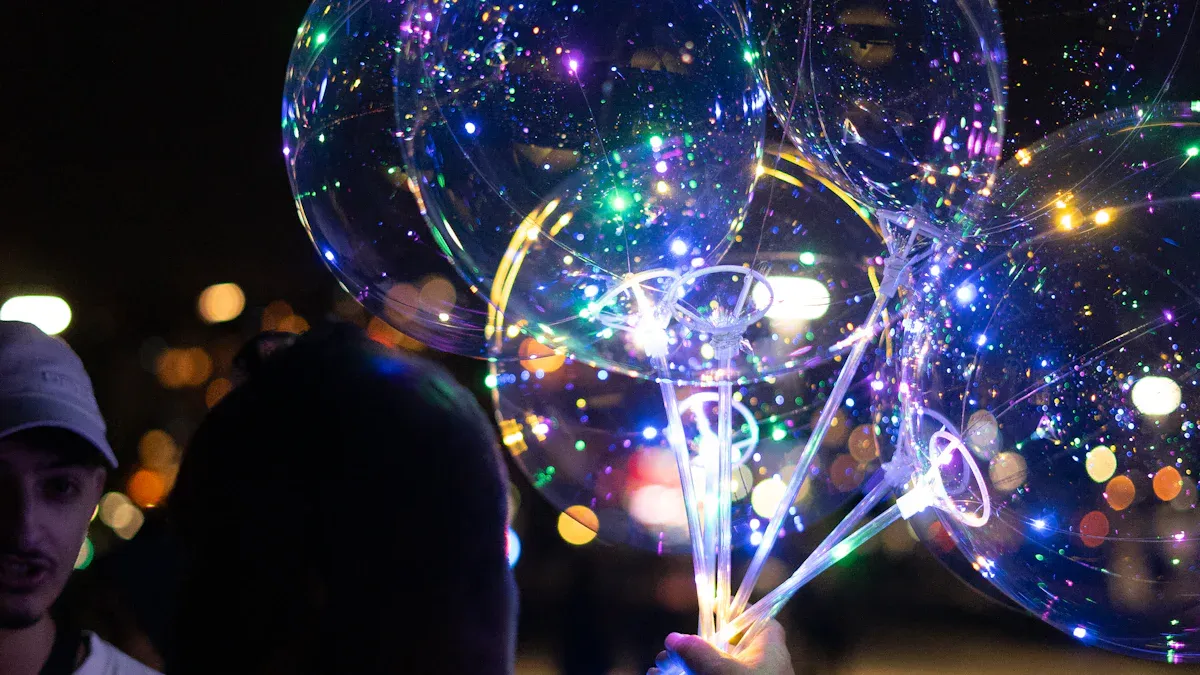The production process is as follows:
1. Material preparation: Prepare a transparent spherical plastic lampshade, LED light strip, lamp holder, wires, switches, plugs and other materials. Also prepare some colored, transparent or reflective materials to create the effect of jellyfish
2. Make the look: First, cut the plastic lampshade along one side and split it in half. Then, use scissors or a knife to cut out the jellyfish shape on the inner half, and you can design different shapes and sizes according to your own creativity.
3. Install the lamp holder: Fix the lamp holder on the bottom of the lampshade so as to support the whole jellyfish lamp.
4. Install LED light strips: Paste the LED light strips on the surface of the jellyfish and choose LED light strips of different colors and brightness according to your own needs to create a dazzling effect.
5. Add materials: Use transparent or reflective materials, such as acrylic sheets, aluminum foil, etc., cut them into strips of appropriate size and fix them on the inside of the jellyfish lamp. These materials will reflect or refract light to create the effect of jellyfish floating in the water.
6. Wiring connection: Connect the LED light strip, switch and plug to ensure that the circuit connection is correct. If you do not know how to connect the circuit, it is recommended to seek professional help to ensure safety.
7. Testing and debugging: After completing the above steps, plug the plug into the power supply and test the brightness and effect of the jellyfish lamp. If debugging is required, the position, brightness or color of the light strip can be fine-tuned.
8. Completion and Installation: Join the two halves of the plastic shade together and make sure the shade is sealed tightly. Then, choose an appropriate location to install the jellyfish lamp, which can be hung from the ceiling, placed on the table, or placed creatively according to your own preferences.
Making jellyfish lamps requires a certain amount of hand-making ability and involves circuit connections, so if you are not familiar with the steps or have no relevant experience, it is recommended to learn relevant knowledge or consult professionals before making to ensure safety and Effect.

Jellyfish lamps come in a variety of styles and sizes, with many color options. The following are some common jellyfish lamp styles, specifications and colors:
- Colorful jellyfish lights: LED strips can be used with different color filters or colored materials to create colorful colors such as red, blue, green, yellow, etc. This style of jellyfish lights is suitable for creative decoration and lighting.
2. Monochromatic jellyfish lamp: Use monochromatic LED light strips, such as white or warm white, to create a simple and comfortable atmosphere. This style of jellyfish lamp is suitable for creating a relaxing and warm indoor environment.
3. Multi-level jellyfish lamp: The jellyfish lamp can be set up in multiple levels, and the light strips at each level can adjust the brightness or color, so that the lamps present a layered and gradient color effect. This style of jellyfish lamp is usually used in exhibition places or special occasions, and can present a unique visual effect.
4. Single jellyfish lamp: The jellyfish lamp can also be made into a single independent lamp, usually consisting of a spherical plastic lampshade and a lamp holder. This style of jellyfish lamp is suitable for use as a personal desk lamp or a small decorative lamp.
In addition to the above specifications and styles, the design and color selection of jellyfish lamps can also be customized according to personal preferences and decorative needs. Some creative designers can even produce special temporary jellyfish lamps according to different festivals and occasions to increase the festive atmosphere and visual effects.
It should be noted that the color and effect of jellyfish lamps are affected by the light source and transparent materials. Therefore, when selecting materials and installing light strips, the penetration and reflection effects of light should be considered to achieve the desired lighting effect.
The materials of jellyfish lamps can vary according to different designs and uses, but they mainly include the following common materials:
1. Lamp body: The appearance of jellyfish lamps is usually made of transparent or translucent materials to simulate the softness and transparency of jellyfish. Common materials include plexiglass (acrylic), silicone, etc.
2. Lighting: The tentacles and other decorative parts of jellyfish lamps are usually made of soft materials to increase agility and realism. Common materials include elastic materials such as silicone and rubber.
3. Lamp holder: The lamp holder of the jellyfish lamp is generally made of metal, plastic and other materials to provide stable support and the function of fixing the lamp body.
It should be noted that jellyfish lamps usually use low-temperature LED light sources for lighting, which can avoid excessive heat and ensure safety. At the same time, jellyfish lamps are often equipped with controllers and power systems to achieve light changes and dynamic effects.
Because jellyfish lamps are highly decorative and artistic, a variety of materials and technologies are often used in the design and manufacturing process to create realistic jellyfish effects and elegant lighting effects.
Jellyfish lamps have a wide range of applications, the following are several common application scenarios:
1. Indoor decoration: The jellyfish lamp can be used as a part of interior decoration to create a unique atmosphere and visual effect. They can be placed in the living room, bedroom, children’s room and other spaces to increase the artistic and warm feeling of the room.
2. Commercial display: Jellyfish lights can play an eye-catching role in commercial displays. For example, they can be used for creative light art displays, window decorations in shopping malls or stores, to attract customers’ attention and enhance brand image and sales results.
3. Landscape lighting: Jellyfish lights can create amazing effects in landscape lighting. They can be installed in parks, squares, pools and other landscape environments to create unique light and shadow effects through different colors and dynamic effects, adding to the beauty of the night landscape.
4. Theme parks and amusement parks: Jellyfish lights are also widely used in theme parks and amusement parks. They can be used to create realistic jellyfish scenes, combined with other landscape elements, to bring visitors a wonderful visual experience.
5. Aquarium and marine science display: Because the shape and dynamics of jellyfish are very fascinating, jellyfish lamps are often used in aquariums and marine science displays. By simulating the shape and movement of jellyfish, the mystery and beauty of jellyfish are shown to the audience.
In general, jellyfish lamps have a wide range of applications, not limited to interior decoration, but also commercial displays, landscape lighting, theme parks, etc. Whether it is a personal home decoration or a large-scale commercial project, jellyfish lights can add unique artistic charm and visual effects to the environment.
As a decorative lighting product, jellyfish lamp has unique charm and characteristics. Here are some pros and cons of jellyfish lights:
advantage:
1. Unique creativity: The jellyfish lamp simulates the shape and dynamics of jellyfish, bringing fantastic and dreamy effects, and can become the highlight and decoration of the indoor space.
2. Create an atmosphere. The soft light and slow dynamic changes of the jellyfish lamp can create a peaceful and romantic atmosphere, making people feel relaxed and comfortable.
3. Strong visual impact: The changing light and shadow of the jellyfish lamp and the aesthetic feeling of floating tentacles give people a strong visual impact, increasing the fun and artistic sense of the space.
4. Low energy consumption: Jellyfish lamps mostly use LED light sources, which have low energy consumption, long lifespan, save energy, and do not generate too much heat.
5. High safety: The jellyfish lamp uses a low-temperature LED light source, which does not emit heat and ultraviolet rays, has no fire risk, and is relatively safe.
shortcoming:
1. Higher price: Due to the unique design and production process of jellyfish lamps, as well as the special materials used, the price is relatively high.
2. Requires power supply and controller: Jellyfish lamps usually need to be connected to a power supply and equipped with a controller to achieve dynamic changes or adjustment of light effects.
3. Difficulty to clean: Due to the shape and tentacle design of the jellyfish lamp, it may be relatively difficult to clean and requires careful handling.
In general, the jellyfish lamp can add mystery and romance to the indoor environment through its unique shape and realistic effect, but it also needs to pay attention to some details and precautions during use and cleaning.
































